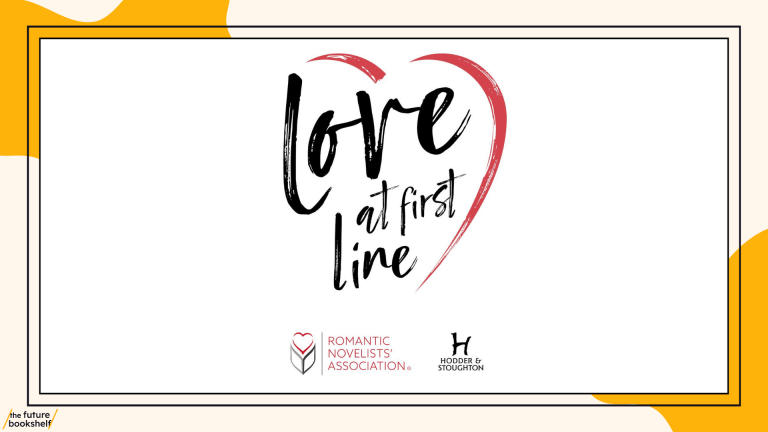‘Use objects and settings to capture the potency of life’

Subplots and adding texture to your story
Sometimes people in grief do not wish to change the room that belonged to a person they have lost. A parent who has lost a child or a husband or wife who has lost a partner want to keep it exactly as it was the moment the lost person left it. This is partly because they hope the person might just walk back in; it is partly denial. But it is also the recognition that a place where a person lives is a most powerful source of their personality, of them. In this place the person in grief can feel still close to that person. It is as if they have not gone.We all find handling objects that real people own very evocative. It can bring them strongly back to us. It is why people treasure letters and objects that famous people have touched and also why rooms that people have occupied are hallowed, as if something of the person has been transmitted into the place. Could this possibly be the impulse behind establishing museums for famous people when they die? We want to commemorate and keep the famous person alive for us and the way we seek to do it is through a museum of their house and belongings. It is as if the rooms a person inhabits and the objects they touch have a certain imprint, retain a sort of energy after they have gone. It is an energy associated with that person and we want to keep that energy alive with us. When we are creating characters we want to capture that energy and get it down on the page so that readers can share it too.
Where we live and the sorts of items we have around us can define us, can in many way be us. Where else do we live but in the places we inhabit and the objects we touch, in what we say, think and do? A museum is a memorial to a person who has lived their life and now moved on, and the best memorial we can give to someone we cherish is to try and keep them alive with us, for us or for them. Whatever the reasoning behind it we try and do this by attempting to recreate a sense of them through objects, clothes, and places they have known and that have known them. The lives of famous people that we as visitors somehow experience in museums are obviously not the lives of the real people that the museum has been established for; how could they be? The famous people do not actually come alive any more than a character in a book really comes alive. How could they? They are a creation, a recreation in much the same way that we create a character is in a story and they are recreated in the museums in much the same way as a fictional character is created.
In museums the use of actual objects the famous person touched or used is often supplemented by incorporating period furniture for the rooms, walls hangings, pictures, beds. These can all persuade us when we visit that this recreated world was the world the person inhabited and allow us to imaginatively enter it. As visitors we are invited into this world in much the same way readers or viewers are invited into the world of a novel or story or film. Through putting together actual objects that the person touched, spectacles or shoes or hats they wore, books they used, books and letters they wrote, photographs and so on with period pieces that are very similar to items they might have used, a picture is created that, once injected with our imaginative juices, somehow brings that person closer to us, even to life for us. This is no different from creating a character on the page from real and observed details combined with imagination.
Standing in the rooms a real person once inhabited, moving about them like that person, ducking your head to go through small doorways, built for smaller people, all can give a sense that you are sharing for an instance that person’s life. If you walk the floors of the apartment in the Maison de Victor Hugo in the Place des Voges in Paris, where Victor Hugo, author of Les Miserables lived for 16 years you get a sense of the great writer moving past the tall windows where outside now children shriek and play in the school playground and, beyond that, the sounds of the city rumble and grumble. Revolution would have been close with all its energy and danger feeding into the writer and the man. If you visit the small house in Chawton, Hamsphire where Jane Austen lived and worked on some of her most famous novels, it is now clearly a museum. There is an entrance where you buy your tickets, there are curators to explain what is laid out for you, but walking about the narrow corridors from room to room where outside sunlight plays on the garden; seeing on display some of her letters and her music books in which pieces have been transcribed in her own hand; seeing some jewellery and a patchwork quilt that she made; marvelling at her very small writing table, close to the creaky door which she would not have fixed because it alerted her to any possible interruptions; walking to the small church as she would have walked, past the fritillaries and coltsfoot; here you can for some brief moments come close to something of the existence of this great writer.
A person’s own handwriting, the place where they once sat and worked, the very spectacles they wore on their faces; a piece of paper on which they wrote; Ben Franklin’s glasses, George Washington’s wooden teeth, Beethoven’s ear trumpet, these are the sorts of items that take us near these people and that can bring them alive for us. They are hugely evocative, personalised objects that allow us to bring that person alive for brief seconds in our minds. These are the objects we need to find and put in our writing. This is not to suggest that you create a museum for your character, it is simply to say how potent the techniques of fiction are because when we want to recreate a person’s life in a museum we use those techniques.
‘People are places and places are people,’ John Braine says in his very good book ‘Writing a Novel.’ The National Trust, which now owns Bateman’s the 17th-century house where Kipling lived and wrote, exhorts us to ‘soak up the atmosphere in his book-lined study.’ You can stand there marvelling at his large desk. Not many miles away in Chartwell you can stand marvelling at the desk of another great man, Winston Churchill, laid out with books, papers and a telephone that was spoken into by the great man. So potent can these places and objects be that visiting these museums we can get quite a sense of the person, even years after their death. We must try and capture this potency in the settings for our stories.
Everyone lives somewhere; that somewhere is what we need to capture on the page if we are to give our characters a place to live; really live.





